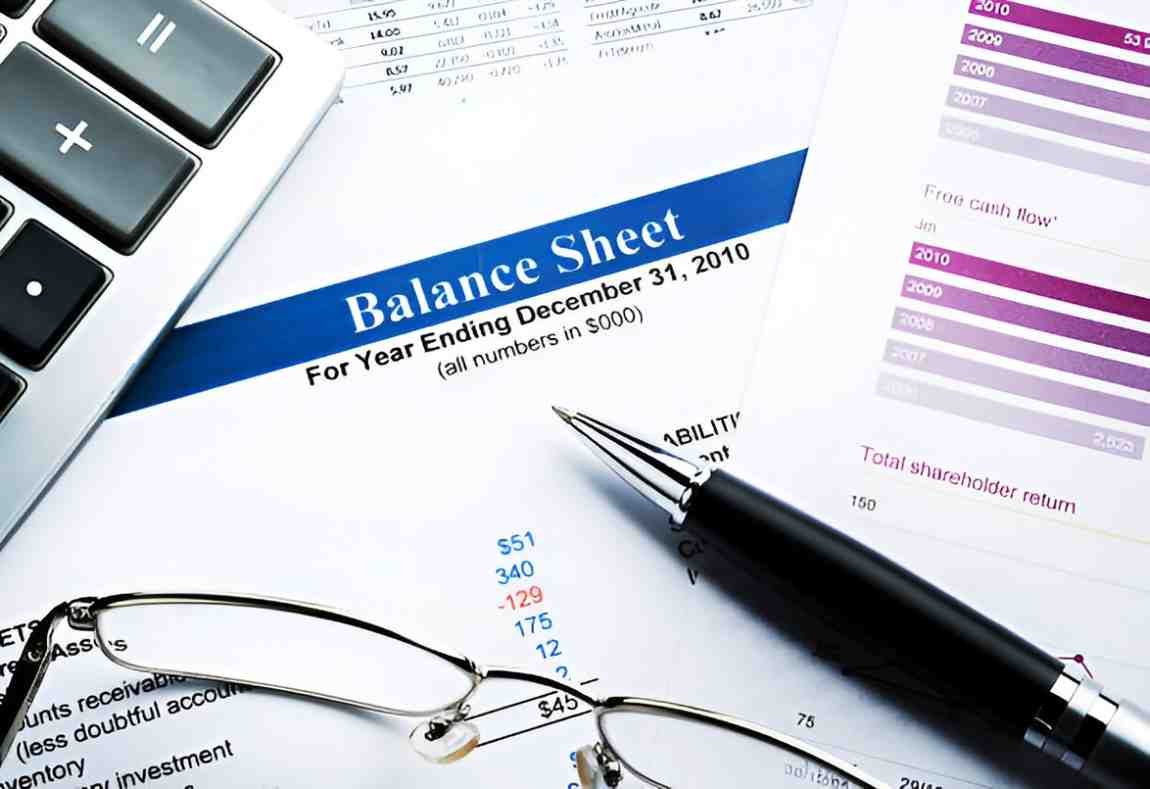In this article, we delve into the concept of Balance Sheet Asset Values, providing a clear definition, examples, and highlighting its significance in financial accounting.
Table of Contents
What are Balance Sheet Asset Values?
Definition
Balance Sheet Asset Values refer to the recorded worth of assets that a company owns, as documented on its balance sheet. These values represent the financial resources owned by the entity, categorized into different types such as current assets and non-current assets.
Key Characteristics of Balance Sheet Asset Values
- Financial Representation: They serve as a financial snapshot of what the company owns at a specific point in time.
- Valuation Basis: Determined based on cost, market value, or a combination of factors like depreciation for tangible assets.
- Importance in Financial Analysis: Crucial for assessing the financial health, liquidity, and overall performance of a business.
Types of Balance Sheet Asset Values
Classification and Examples
Assets on a balance sheet are typically categorized into:
- Current Assets: Include cash, accounts receivable, inventory, and other assets expected to be converted into cash or consumed within a year.
- Non-Current Assets: Long-term investments, property, plant, equipment, and intangible assets like patents or goodwill, which are not intended for sale in the normal course of business.
Importance of Balance Sheet Asset Values
Significance
Understanding why Balance Sheet Asset Values matter:
- Financial Position: Reflects the company’s overall financial health and stability.
- Creditworthiness: Influences the company’s ability to obtain financing or credit from lenders based on asset backing.
- Investment Decisions: Guides investors in assessing the company’s worth and potential for returns.
- Management Insights: Helps management make informed decisions regarding resource allocation and capital investment strategies.
Example of Balance Sheet Asset Values
Real-World Illustration
Consider a simplified example of a balance sheet excerpt:
ABC Company Balance Sheet (as of December 31, 20XX)
Assets
Current Assets:
- Cash and Cash Equivalents: $50,000
- Accounts Receivable: $30,000
- Inventory: $20,000
Total Current Assets: $100,000
Non-Current Assets:
- Property, Plant, and Equipment: $300,000
- Intangible Assets (Patents): $50,000
Total Non-Current Assets: $350,000
Total Assets: $450,000In this example:
- Current assets (cash, receivables, inventory) are valued at $100,000.
- Non-current assets (property, equipment, intangibles) are valued at $350,000.
- Total assets, representing the balance sheet asset values, amount to $450,000.
Challenges in Determining Balance Sheet Asset Values
Considerations
Key challenges include:
- Valuation Methods: Choosing appropriate valuation methods (cost, market value, etc.) that accurately reflect asset worth.
- Depreciation: Managing depreciation for tangible assets to reflect their reduced value over time.
- Intangible Assets: Assessing and recording the value of intangible assets like intellectual property or brand value.
Conclusion
In conclusion, Balance Sheet Asset Values provide a comprehensive view of a company’s financial resources, encompassing both current and non-current assets. These values are pivotal for stakeholders, including investors, creditors, and management, in evaluating the company’s financial position, making investment decisions, and assessing overall performance. Understanding how assets are valued and represented on the balance sheet is fundamental to interpreting financial statements accurately and effectively managing business operations.
References
- Financial accounting principles and guidelines related to balance sheet asset valuation.
- Examples and case studies demonstrating the application of balance sheet asset values in financial reporting.
- Importance of balance sheet asset values in financial analysis and decision-making processes.





